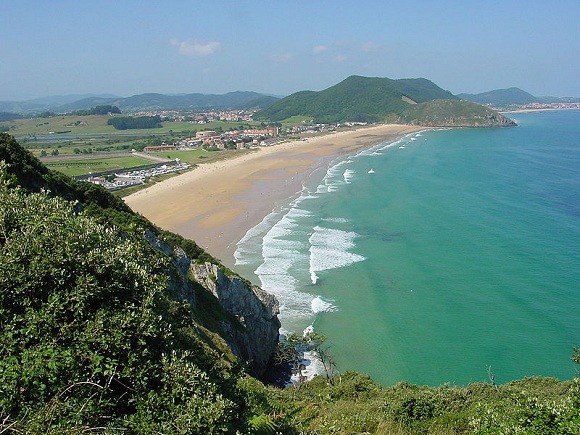Cantabria, Spain

While the northern provinces of Cantabria and Asturias are popular holiday terrain for Spaniards and the French, they remain hardly touched by the mass tourism of the Mediterranean coast, mostly because of the somewhat unreliable weather. But the sea is warm enough for swimming in the summer months, and the sun does shine, if not every day; it’s the warm, moist climate, too, that’s responsible for the forests and rich vegetation that give the region its name, Costa Verde, or the Green Coast. The provinces also boast old and elegant seaside towns, and a dramatic landscape that features tiny, isolated coves along the coast and, inland, the fabulous Picos de Europa, with peaks, sheer gorges and some of Europe’s most spectacular montane wildlife.
Cantabria, centred on the city of Santander and formerly part of Old Castile, was long a conservative bastion amid the separatist leanings of its coastal neighbours. Santander itself, the modern capital, is an elegant if highly conventional resort, linked by ferry to Plymouth and Portsmouth in Britain. Either side lie attractive, lower-key resorts, crowded and expensive in August especially, but quieter during the rest of the year. The best are Castro Urdiales, to the east, and Comillas and San Vicente de la Barquera to the west. Perhaps the pick of the province’s towns, though, is the beautiful Santillana del Mar, overloaded with honey-coloured mansions and, at times, with tourists, too. Inland lies a series of prehistoric caves: the most famous, Altamira, is no longer open to the public but is explained by a great museum, while another can be seen at Puente Viesgo, near Santander.
Source: www.roughguides.com
Related posts:








